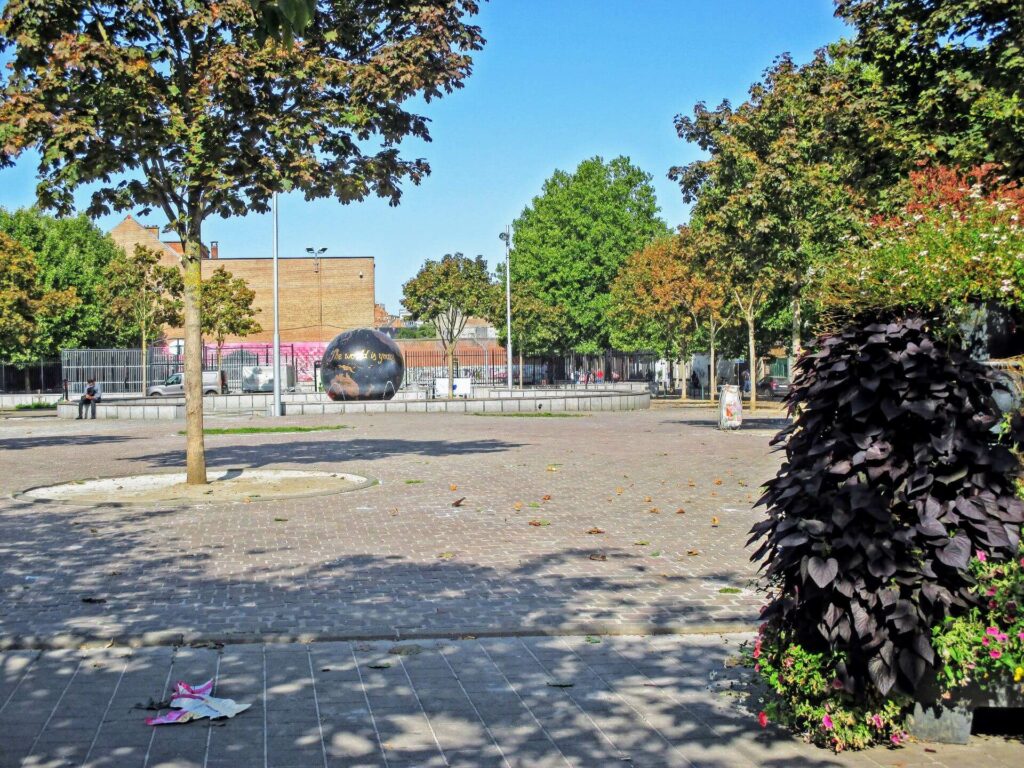05 Participatory photo interview
The photo interview opens a dialogue with “formal experts”, as opposed to other methods where researchers decide about the relevant topics. It allows local residents and users to contribute their ideas and local knowledge to a planning process. They become active research partners.
The opening phase
Invite residents and users to reflect on the influence or meaningfulness of a specific question or urban planning project for their own lives. Encourage them to use their own concepts, experiences, biographic or imaginary relationships to the space in question.
The photo-shooting and interview phase
Ask the participants to take photographs of the neighbourhood: for example, of places, buildings, people, social networks or local activities and businesses that relate to the specific question. Look at the photos together with the participants and ask them to provide narratives about the sites they have photographed and explain what is important and meaningful to them.
The interpretation phase
Analyse the visuals (the photographs taken) and the verbal empirical data (the interpretation of the photographs provided by the participants). Categories for codifying the visual material emerge from the empirical data of the field work conducted in the area. As for the verbal data, use various social research interpretation techniques (e. g. content analyses or hermeneutical interpretation). Follow the participants’ conceptualization of the initial question that led to their choices of pictures. Look for the habits and concerns of the people related to space. The photographer’s point of view reveals a social process within the larger context. All photos taken by participants can be seen as answers to the research or planning questions.
Communication of the results
Organise a photo exhibition and invite local authorities or policy makers too.
Who is it for
Residents or users of a neighbourhood
How does it work
Participants take photos of the neighbourhood, focusing on a specific question. They describe the photos they have
taken to the researchers, highlighting meaningful topics. Researchers interpret both the visual and verbal data.
Why, what for
The method reveals the space related needs, desires and assumptions while also integrating local knowledge into the planning process.
Who can do it and what do you need for it
Competences: a social scientist, a research assistant, a local facilitator and a translator if necessary
Materials: a photo device, a sound recording device
At what phase in a planning process
The field research (“listening”) phase
Estimated budget
The costs of the technical equipment
syncity Contact
Bettina Kolb, bettina.kolb(at)oikodrom.org

Further reading:
Harper, Douglas. 2002. ‘Talking About Pictures: a Case for Photo Elicitation’. Visual Studies 17(1).
*
Oevermann, Ulrich. 1993. ‘Die objektive Hermeneutik als unverzichtbare methodologische Grundlage für die Analyse von Subjektivität‘., in Jung, Thomas and Stefan Müller-Doohm (eds.), Wirklichkeit im Deutungsprozess; Verhältnis Bild und Texte, Ergänzungen und Widersprüche. Frankfurt: Suhrkamp.
*
Rose, Gilian. 2016. Visual Methodologies: An Introduction to Researching with Visual Materials, 4th edn. London: Sage Publications Ltd.
